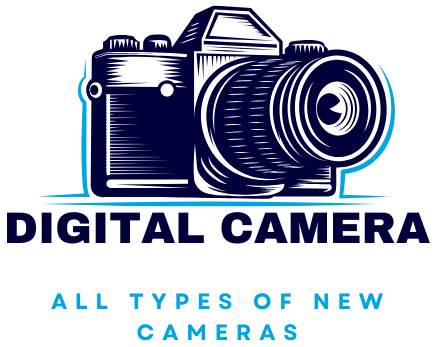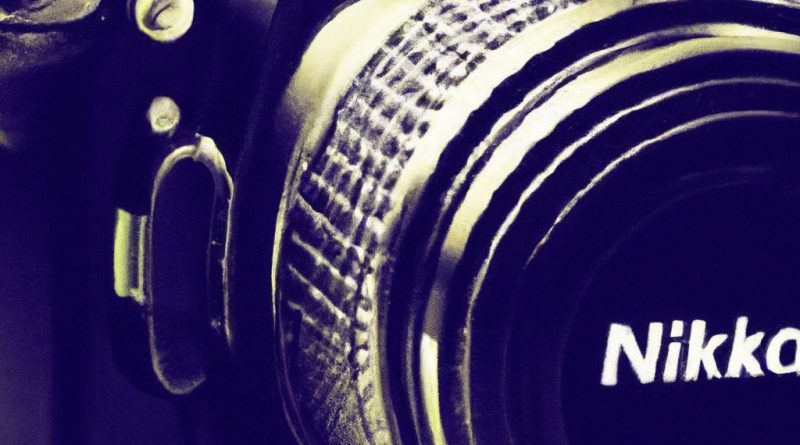What is the difference between APS C and full-frame cameras
| We have chosen the BEST photography digital camera with bargain price Now just for you ! Click HERE to check our different photography digital camera for your need. Team chose the BEST Digital Camera |
What is the Difference Between APS-C and Full-Frame cameras
When diving into the world of photography,one question often arises: What is the difference between APS-C and full-frame cameras? Understanding these two sensor types is crucial for both amateur and professional photographers seeking to make an informed choice for their gear. In this article, we’ll explore the technical distinctions, benefits, practical tips, and even some personal experiences to help you choose the right camera for your needs.
Understanding Camera Sensors
before delving into the differences,let’s briefly define what camera sensors are. Camera sensors capture light and convert it into electronic signals. The size of the sensor considerably affects your photos, influencing depth of field, low-light performance, and overall image quality.
What is APS-C?
APS-C stands for Advanced Photo System type-C. This sensor size is commonly used in mid-range cameras and is about 22mm x 15mm, which is smaller then a full-frame sensor. Here are some key characteristics of APS-C sensors:
- Crop Factor: typically around 1.5x, meaning a lens will provide a narrower field of view compared to full-frame.
- Price Point: Generally more affordable, making them popular among beginners.
- Weight and Size: APS-C cameras and lenses are frequently enough lighter and more compact.
What is Full-Frame?
A full-frame camera features a sensor that matches the size of a 35mm film frame, measuring approximately 36mm x 24mm. This size allows for superior performance in various aspects:
- Wide Field of View: Full-frame cameras offer a wider outlook, which is ideal for landscape photography.
- Better Low-Light Performance: Larger sensors tend to perform better in low light conditions, as they gather more light.
- Depth of Field Control: Full-frame sensors provide greater depth of field control, making it easier to achieve lovely bokeh effects.
Key Differences Between APS-C and Full-Frame Cameras
| Feature | APS-C | Full-Frame |
|---|---|---|
| Sensor Size | 22mm x 15mm | 36mm x 24mm |
| Crop Factor | 1.5x | 1.0x |
| Low Light Performance | Fair | Excellent |
| Price Range | Inexpensive | Expensive |
| Weight & Size | Compact and lightweight | Heavier and Bulkier |
Benefits of APS-C Cameras
Choosing an APS-C camera comes with several advantages:
- Affordability: Ideal for those on a budget or just starting their photography journey.
- Versatile with Telephoto Lenses: The crop factor is beneficial for wildlife or sports photography, giving you extra reach.
- Enhanced Depth of Field: Easier to achieve a large depth of field, which is useful for landscape photography.
benefits of Full-Frame Cameras
While full-frame cameras tend to be more expensive, they offer significant benefits:
- Superior Image Quality: Larger sensors yield higher resolution images with more detail.
- Low-Light Performance: Better noise reduction and cleaner images at higher ISO settings.
- Professional Standard: Preferred choice among professionals for various types of photography, including weddings and portraits.
Practical Tips for Choosing Between APS-C and Full-Frame
Here are some practical considerations to help you decide:
- Assess Your Photography Needs: If you mainly shoot landscapes or portraits in low light, a full-frame might be the better choice. However, for casual photography or travel, an APS-C could suffice.
- Consider Your Budget: Factor in costs for lenses, as full-frame lenses tend to be pricier.
- Future Growth: If you plan to expand into more serious photography, investing in a full-frame system may save you money in the long run.
Case Studies: Real-World Experiences
To further clarify the differences, here are two scenarios:
Scenario 1: Sarah – the Travel Photographer
Sarah loves exploring cities and capturing street photography.She started with an APS-C camera, valuing its compact size and lightweight design for travel. However, she found that in low-light settings like cafes, her images lacked detail. Eventually, she upgraded to a full-frame camera, which significantly improved her low-light photography, allowing for richer colors and more dynamic images.
Scenario 2: Mark – The Wildlife Photographer
Mark has always been passionate about wildlife photography. He initially purchased a full-frame camera but found the weight cumbersome for long hikes. Switching to an APS-C camera with a powerful telephoto lens enabled him to maintain a lightweight setup while achieving the reach necessary for capturing distant wildlife.
Conclusion
the difference between APS-C and full-frame cameras boils down to personal preference, budget, and specific photography needs. Both sensor sizes offer unique advantages and limitations that can enhance your photographic pursuits. By understanding their differences, you can make an informed decision that aligns with your creative goals. Whether you choose the compact versatility of an APS-C or the remarkable quality of a full-frame, the best camera is one that inspires you to capture more of the world around you!
| We have chosen the BEST photography digital camera with bargain price Now just for you ! Click HERE to check our different photography digital camera for your need. Team chose the BEST Digital Camera |

